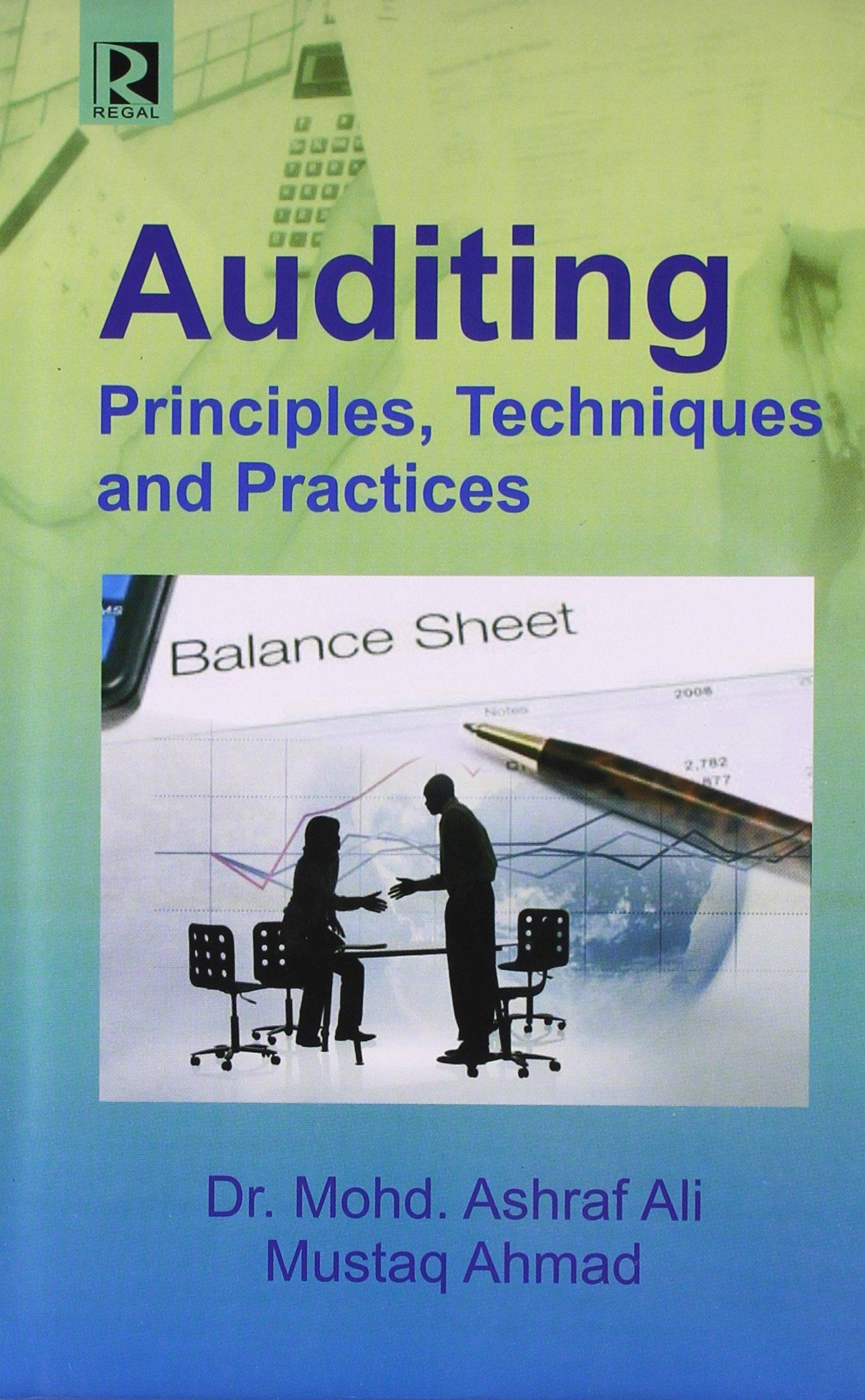PLEASE ANSWER ALL PARTS (I HAVE INCLUDED THE TABLE REFERENCED IN NUMBER THREE)
 Here is the table
Here is the table

Part 3: Mass RTC Index A physical quantity that is independent of mass As long as you always measure out the same amount of coolant, you can predict how much the temperature will change knowing its RTC index. What if you want to use different amounts of coolants? You know that if you use twice as much coolant you will have to heat it longer to get the same temperature change. You decide to create an index that is not dependent on having the same amounts of coolants when you want to compare them. Therefore, you would like the index to characterize the coolant regardless of the amount. So, you decide to conduct an experiment. You take one coolant and pour out 4 samples - two that have a mass of 0.5kg and two that have a mass of 1.5kg. You heat each sample by a different amount and measure the resulting temperature change. Now your job is to create an index that is the same for all 4 samples. It is an index that characterizes the RTC index of the coolant itself, not just the particular sample of the coolant. 1. Let the mass RTC index be represented by the symbol " c ". Write an algebraic equation that relates the amount of heating, Q, to the Temperature change, T, the mass, m and the mass RTC index, c. 2. Write an equation for the following statement: It takes 100 joules of heating for every kilogram of a liquid for every 1 degree Celsius change in temperature. Use Q for the amount of heating, m for the mass of the liquid and T for the temperature change. 3. If the amount of coolant in the Table on worksheet 2 was 0.5kg (the table with Cool Running, ChillerAde, and Engine Relief), which of those three coolants was used in this experiment? Cool Running \begin{tabular}{cc} \hline ChillerAde & Engine Relief \\ 7500J of heating \\ resulted in a \\ temperature \\ change of 3K & 8000J of heating resulted in a temperature change of 4K \end{tabular} 3000J of heating resulted in a temperature \begin{tabular}{|l|c|c|c|} \hline & Cool Running (CR) & ChillerAde (CA) & Engine Relief (ER) \\ \hline Resistance to temperature change index & 23000=1500J/K & 37500=2500J/K & 8000 \\ \hline \end{tabular} 4. How much energy is necessary to raise the temperature of 2kg of this coolant by 3K ? 5. Determine the change in temperature of 1.3kg of coolant which experiences 42,000J of heating. Be sure to include the algebraic sign (+/-) for the change in temperature. 6. How much cooling is required to change the temperature of 16kg of coolant from 700K to 300K
 Here is the table
Here is the table







